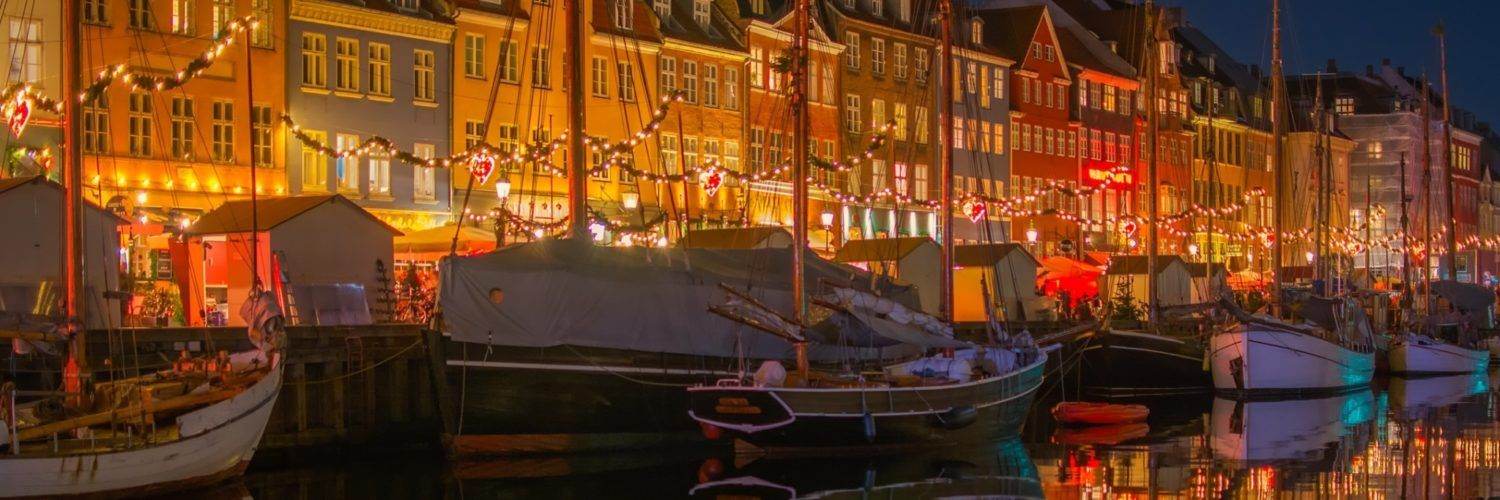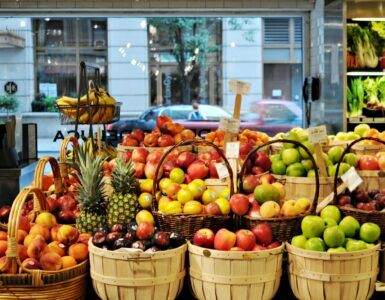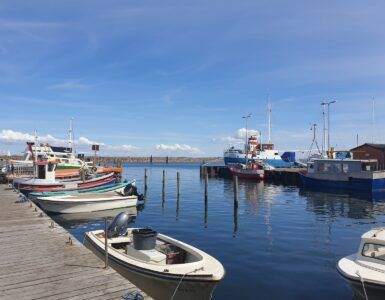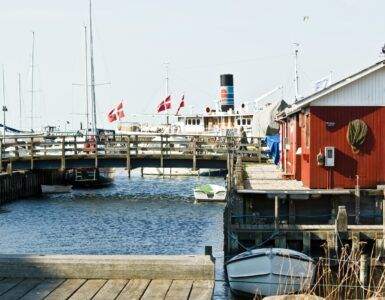Holidays in Denmark guarantee cosiness, delicious food and atmospheric gathering. Yet the Danish holidays are often modest and not that exuberant. In Scandinavian countries such as Denmark, the celebration of holidays often involves a mixture of Christian and pre-Christian traditions. Most holidays fall in spring and early summer and between late fall and New Year. Denmark has 11 official holidays and public holidays. In this article we look at the three best holidays in Denmark.
Sankt Hans, or Midsummer
Every year on June 23 the Danes celebrate Sankt Hans, or Midsummer. The changing of the seasons has been celebrated in Denmark for centuries with great bonfires. Large fires were made to dispel the witches and other evil spirits. Nowadays the fires are made on the beach. A witch with a broomstick is placed on the Sankt-Hans fire to symbolically expel all witches and evil spirits. The St. Hans celebration has to do with the summer solstice, the moment of the longest day on June 21, when nature is in full force and splendor and after which the days start to get shorter again.
The holiday is also celebrated in the Danish capital Copenhagen
The success formula of the Midsummer Party is flowers in your hair, dancing around the May tree, singing songs and kicking back lots of herbal drinks.
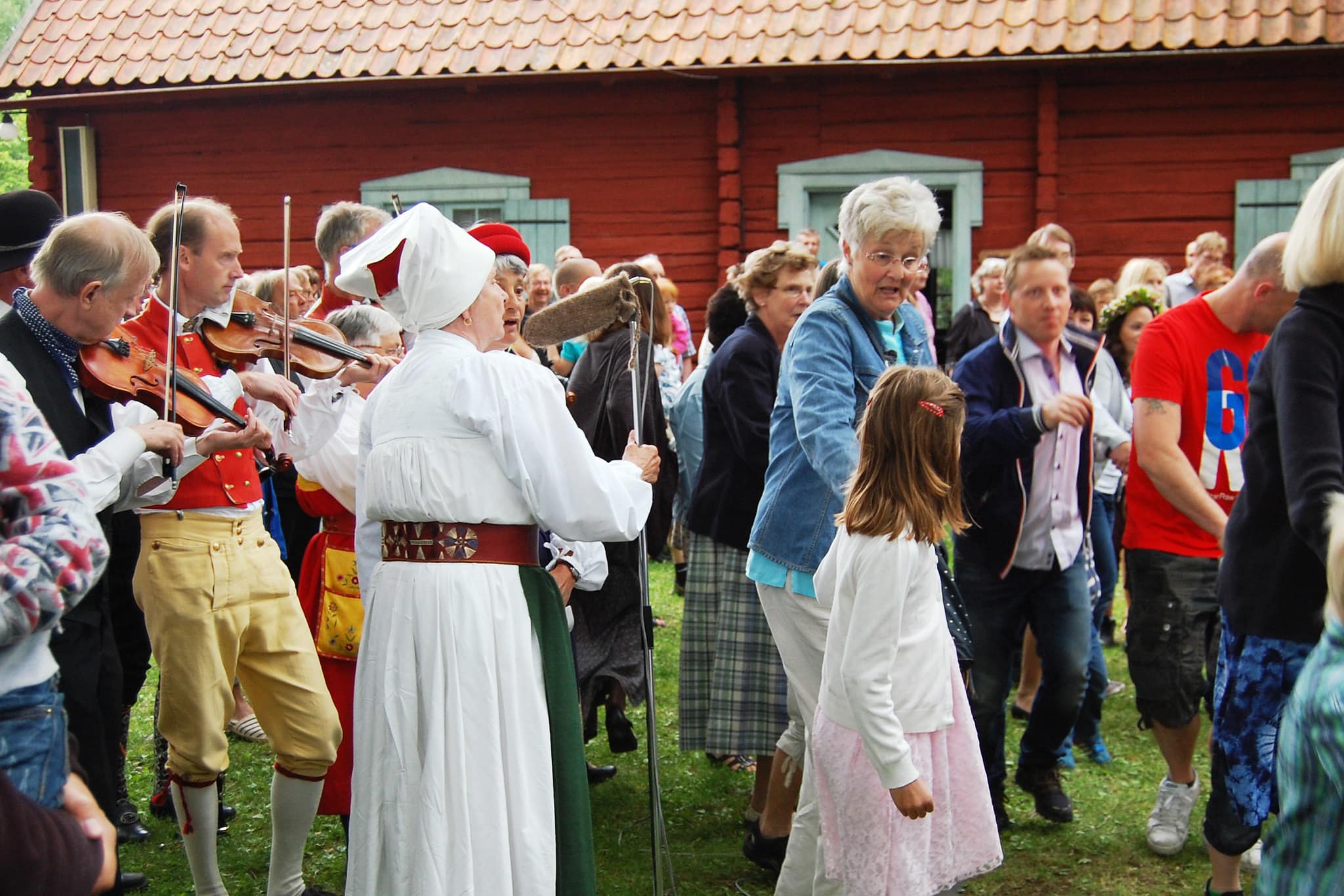
Even today, Sankt Hans Aften is still celebrated with fire and singing. A much sung song is the patriotic song of Holger Drachmann from 1885, in which the old Sankt Hans fest is sung. Usually it also includes a speech from a (locally) known personality.
Christmas in Denmark
The entire month of December is all about Christmas. This is evident from decorating shop windows, streets, squares and houses with Christmas decorations and Christmas trees. The countdown of the days after December 1 is also very popular (July calendar). This is accompanied by a gift for every day or every Sunday. They also burn candles on an Advent wreath to count down the weeks or days until Christmas. Since 1962, Danish TV has been broadcasting a Christmas series of 24 episodes every year after 1 December. St. Lucia (Lucia Day) is celebrated on the evening of December 13.
Take a look at the events around Christmas in Copenhagen here.
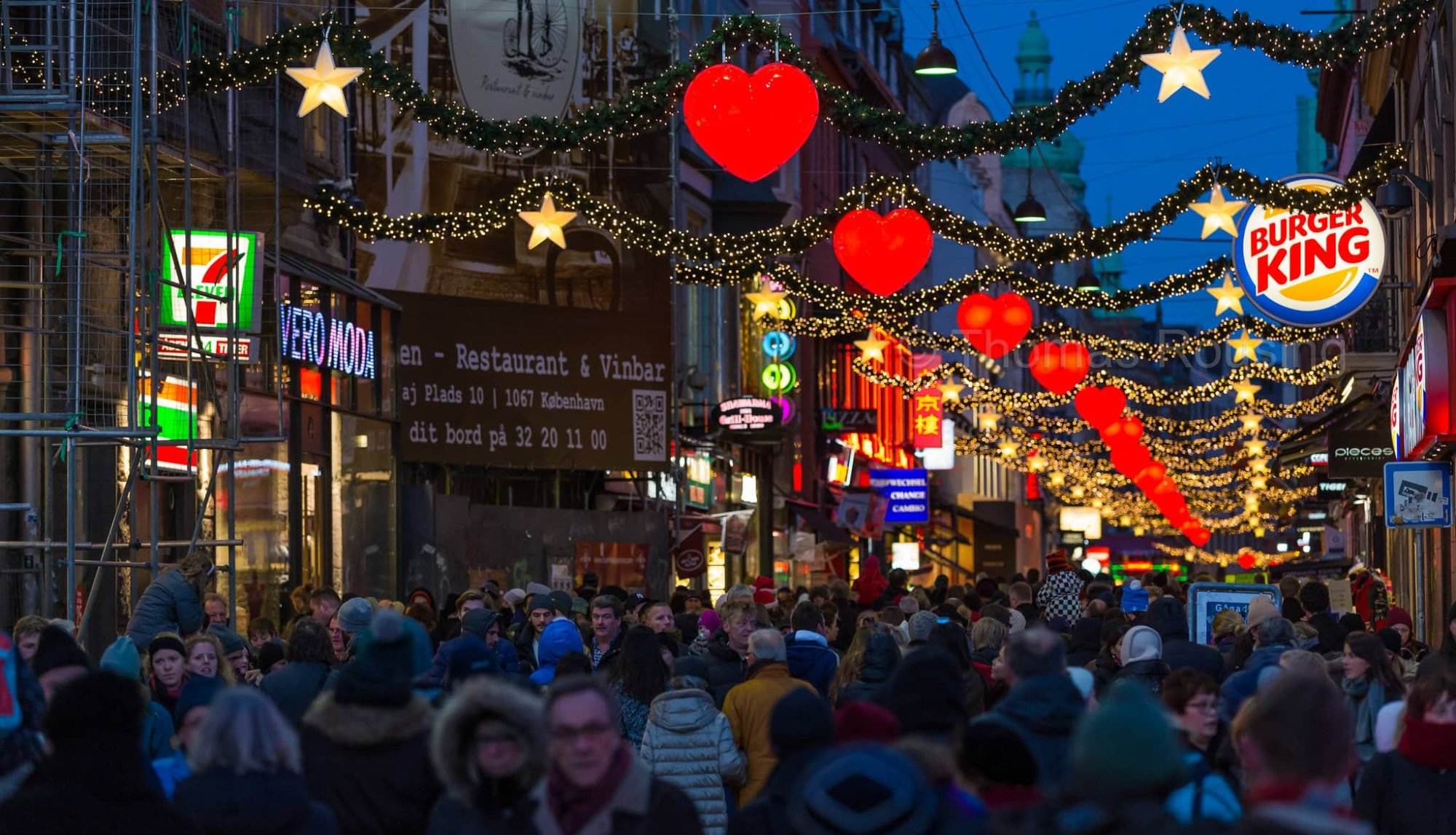
In Denmark, cutting Christmas decorations around the table with the children is one of the highlights of families. Common items in the tree include fairies, Danish flags and red and white Christmas hearts. It is said that they help Santa Claus and on the afternoon of December 24, children often prepare a platter of milk or rice pudding for them. The actual Christmas celebration begins on Christmas Eve (Juleafton) with an extensive family dinner of roast pork, duck or goose with potato and red cabbage and rice pudding with cherry sauce after.
A Christmas wreath with four candles, one of which is lit every last sunday before chrismas, counts down the weeks until Christmas in Denmark.
Grundlovsdag: Danish Constitution Day
National holiday in Denmark (and Faroe Islands), annually on 5 June. Because of the day the constitution came into force in 1849. Denmark has been a constitutional monarchy since the first constitution in 1849 with a monarch as head of state.
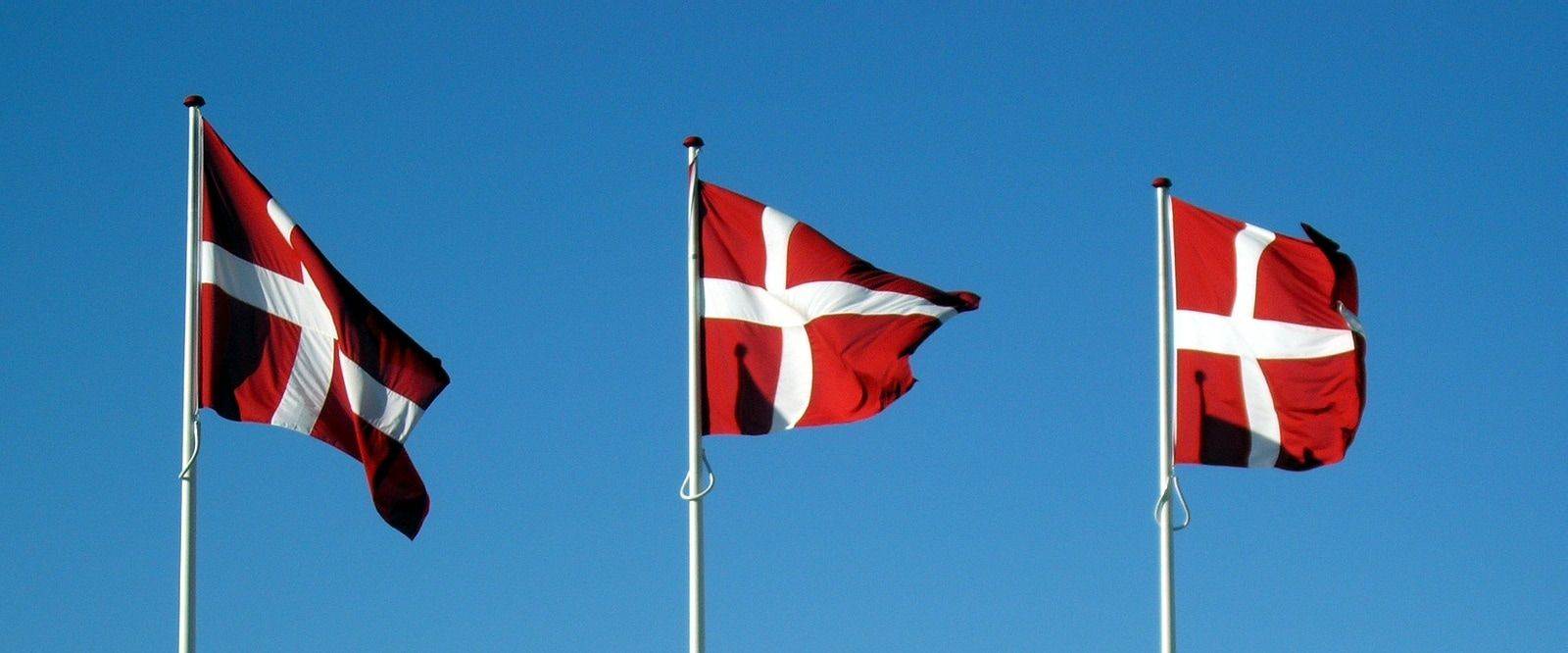
‘Grundlovsdag’ is half a day off for the Danes: most shops and offices are closed from noon. However, this national holiday is not celebrated extensively as in other countries. Speeches are given by politicians. The day is the closest the Danish come to a national day, but nevertheless it is no longer an official holiday. But it is possible that many public buildings are closed on this day, so it is smart to check this in advance.
Last Updated on October 20, 2019
